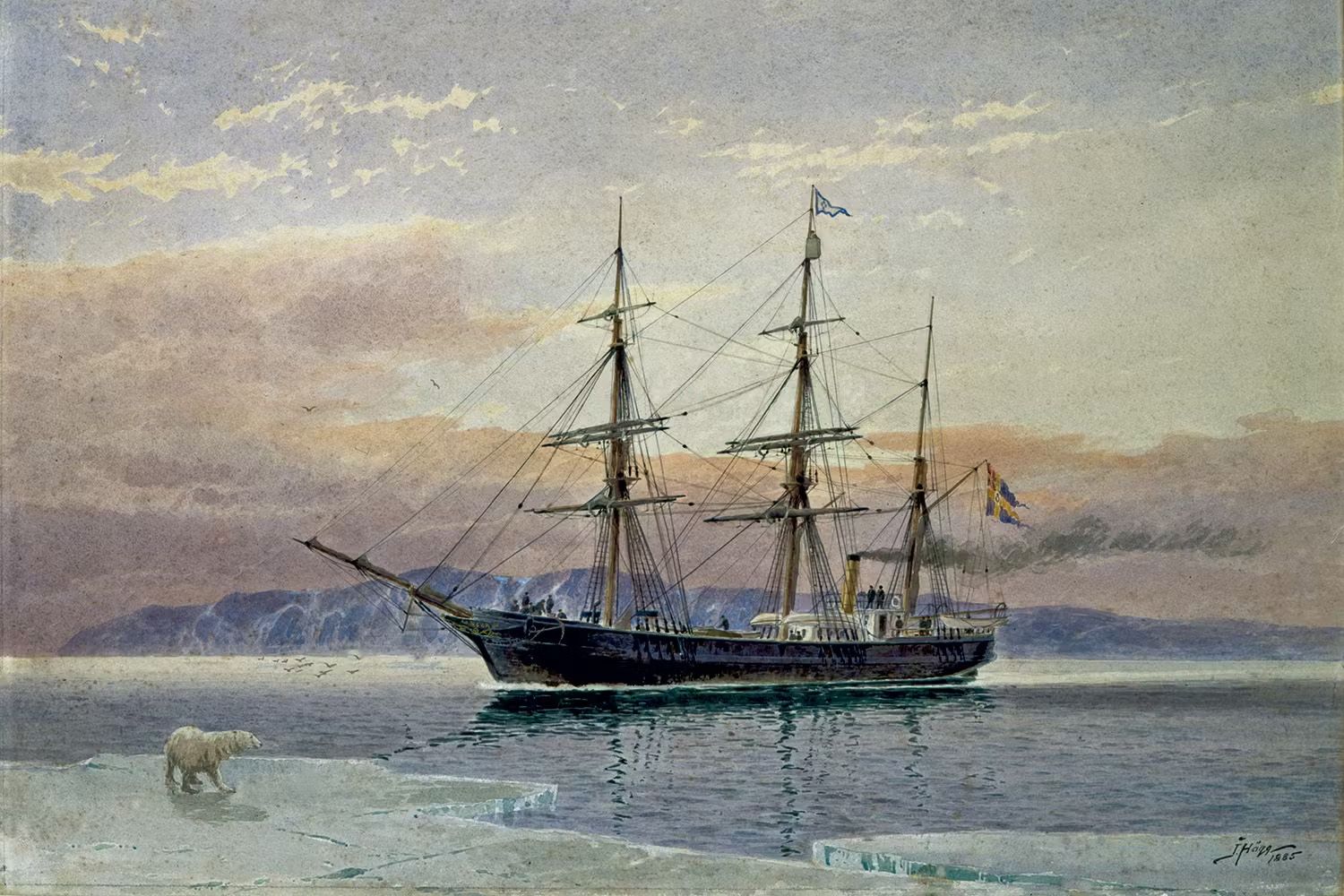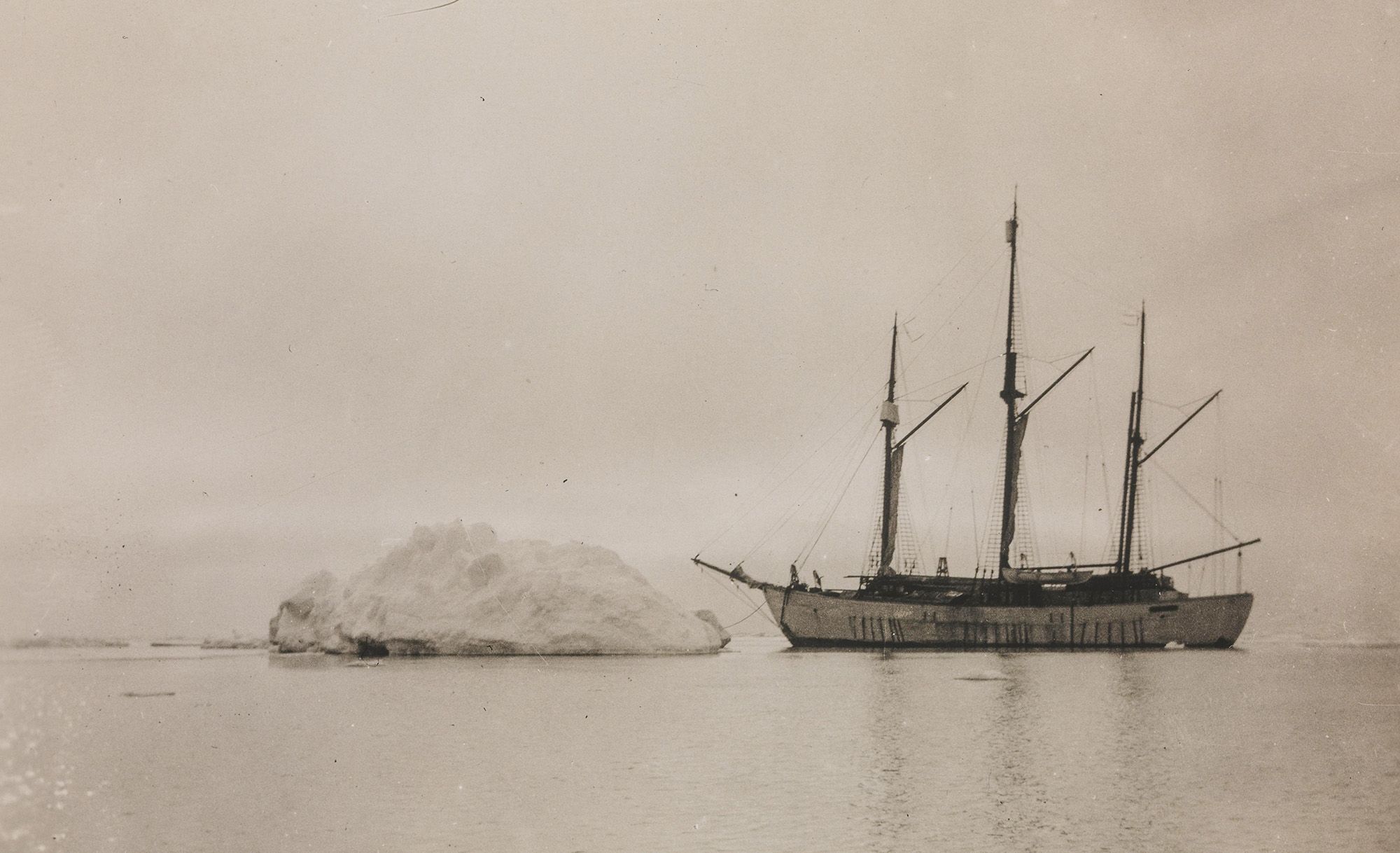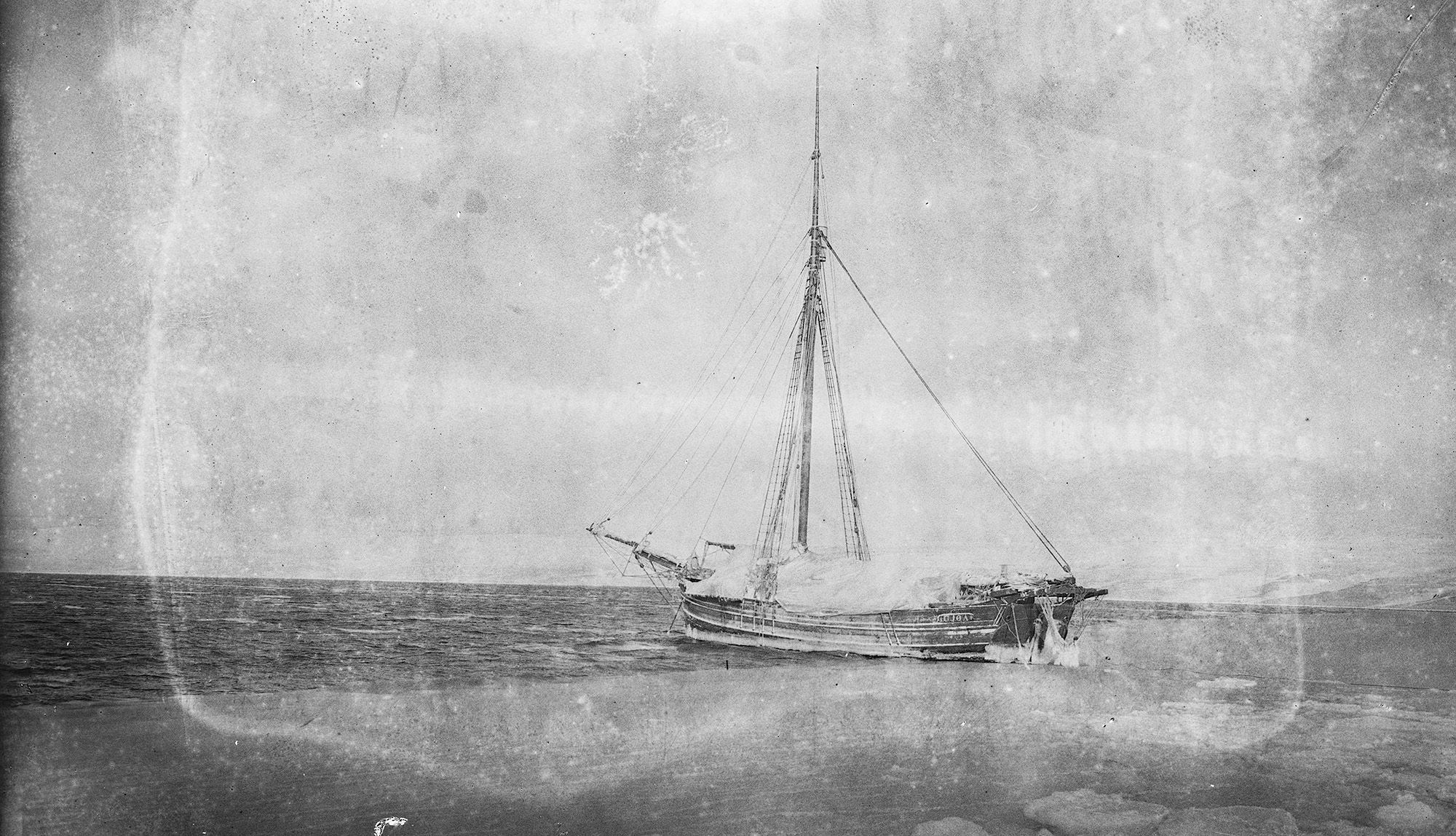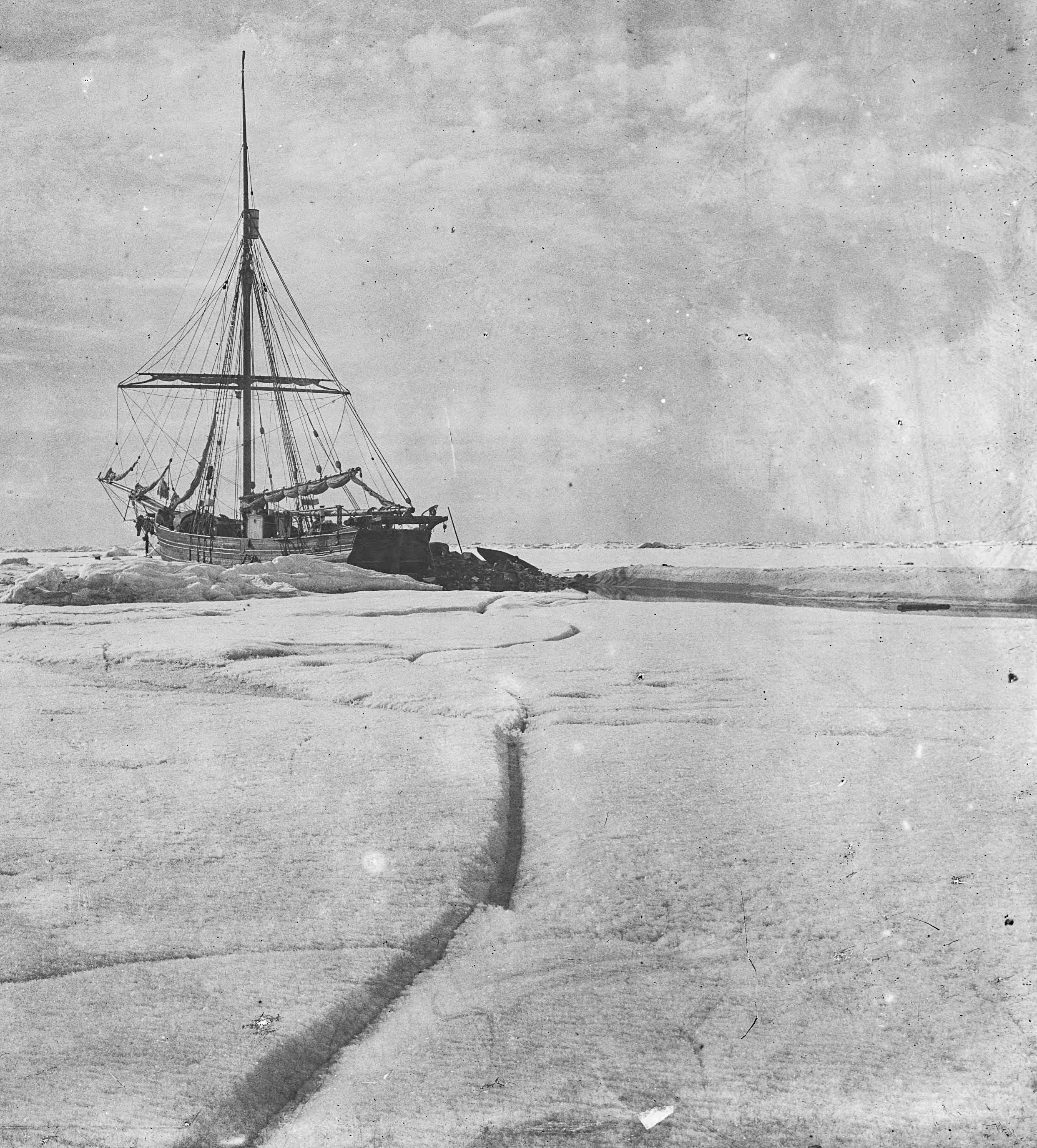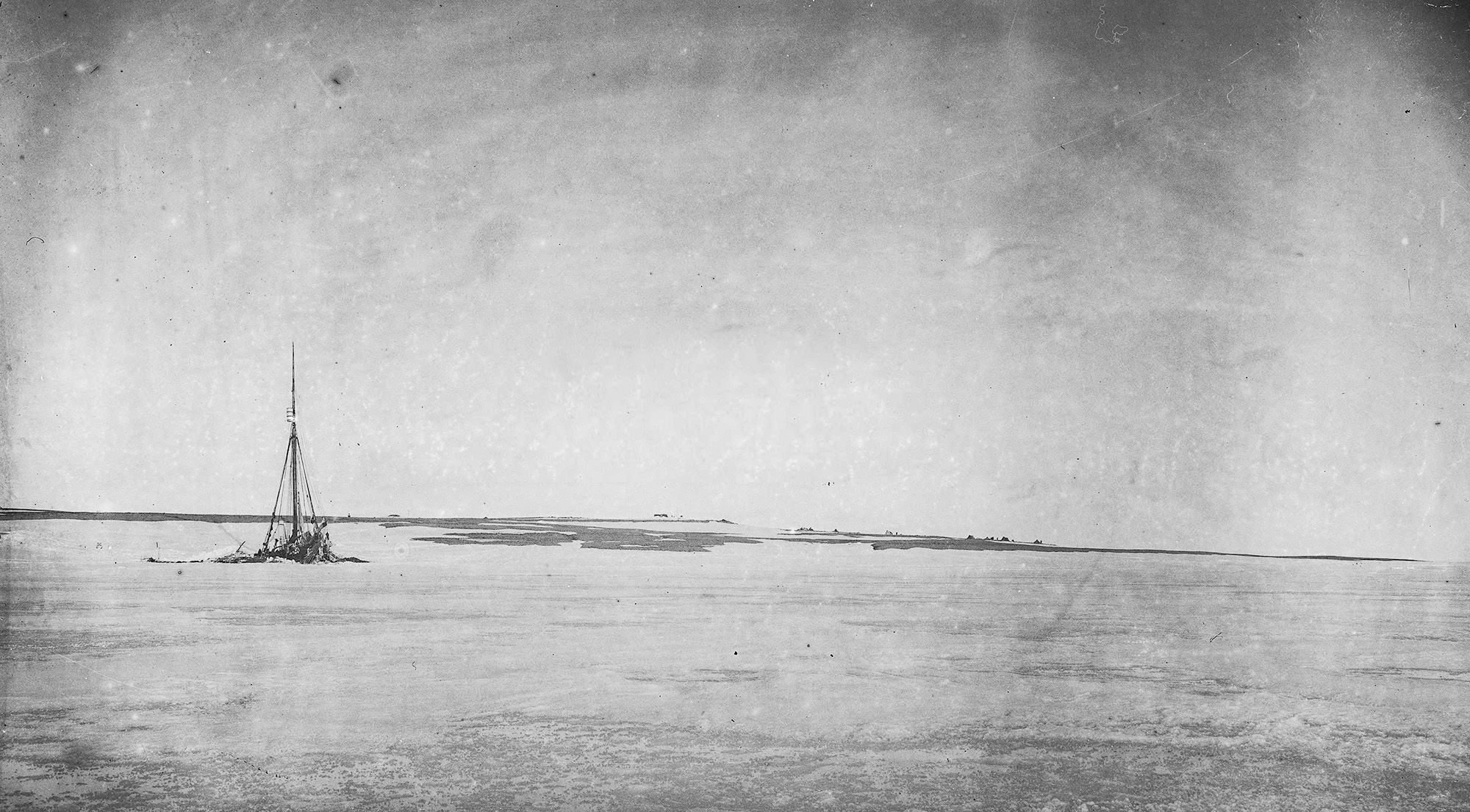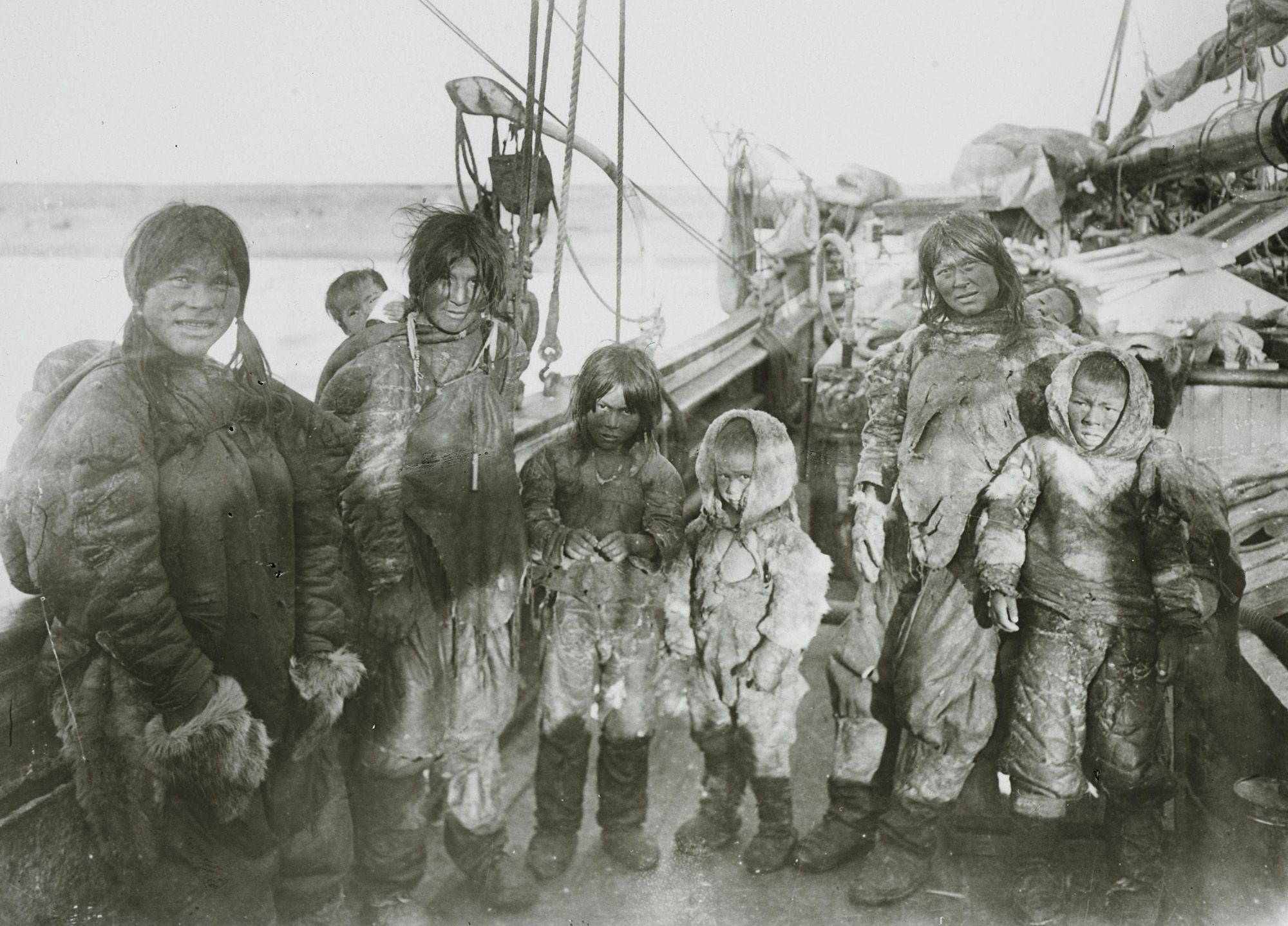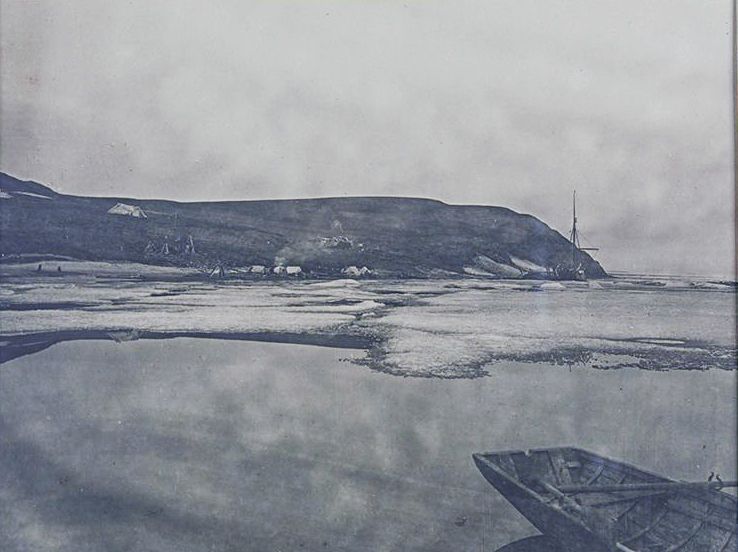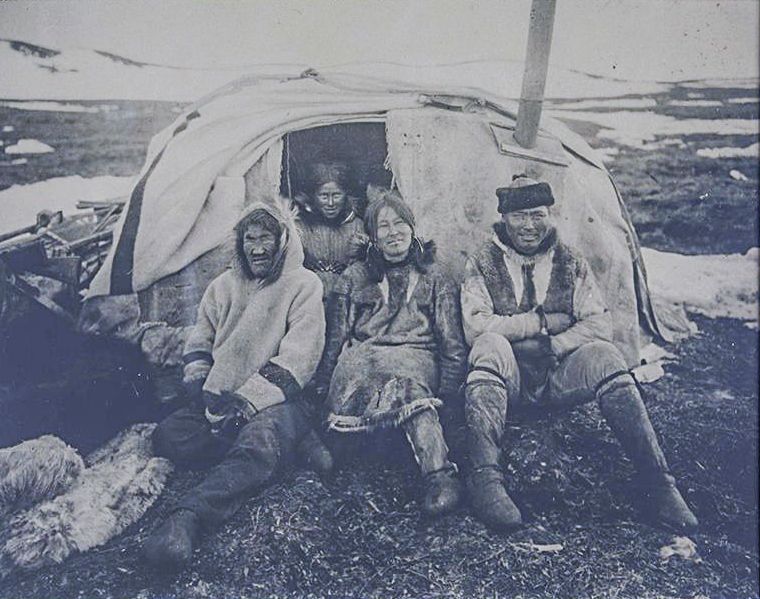Until 1914, ships had to sail around Africa or South America to travel from Europe to Asia. This is the story of a third route - the one through the Arctic Ocean.
There has been contact between Europe and Asia for over 2,200 years, but it was only a few hundred years ago that the first ships sailed from the Atlantic into the Pacific. Until the early 1500s, all transport went over land with dromedaries and horses, along what later became known as the Silk Road.

Spices
Spices were an important and sought-after commodity from the East, something Europeans wanted to control - and that required sea transport. This was the background for Christofer Columbus’ voyage, which in 1492 did not end up in India as he had hoped, but in the Americas. The Earth turned out to be slightly larger than he assumed.

The first European to sail from Europe to India was the Portuguese explorer Vasco da Gama. In 1497 he departed from Lisbon, sailed around the Cape of Good Hope at Africa’s southern tip, and across the ocean to India, anchoring at Calicut in May 1498. His journey laid the foundation for Portugal’s rise as a major maritime and trading power and opened the way for further voyages eastward through the Strait of Malacca and into the Pacific.

Westward
The first sea voyage from the Atlantic to the Pacific heading west, was carried out by Ferdinand Magellan. He was also Portuguese, but a conflict with Portuguese authorities is the reason that it was the Spanish crown that financed his expedition. Magellan set sail westward from Seville, Spain, in 1519.
The east coast of South America was by then known and charted, and Magellan believed there had to be a passage westward into the Pacific. After some failed attempts up rivers, he found a winding route far to the south, reaching the Pacific in 1520. The passage was later named the Strait of Magellan.
Magellans expedition crossed the Pacific and returned to Spain. Magellan himself died on the Philippines, but his expedition was the first to circumnavigate the world.

Larger and better ships were soon able to round the southern tip of South America and sail around Cape Horn - a challenge Statsraad Lehmkuhl also embraced during its previous expedition.
The Northeast Passage
The routes around Africa and South America were long, and explorers also searched for possible routes between the Atlantic and Pacific further north – a much shorter distance.

Sailing straight across the Arctic Ocean and over the North Pole was impossible due to the sea ice, so explorers searched for openings along the coasts of Russia in the east and Canada in the west - the Northeast Passage and the Northwest Passage.
The first attempts to sail through the Northeast Passage were made in the mid-1500s, but it was not until 1878-79 that Finnish-Swedish polar explorer Adolf Erik Nordenskiöld managed to complete the journey with the vessel Vega.
The next ships to make it through were two Russian icebreakers in 1914–1915, followed by Roald Amundsen’s polar ship Maud in 1918–1920. Maud was specially built for this expedition.
Climate change has since reduced Arctic ice cover to such a degree that the Northeast Passage opened for international shipping in 1991.
The Northwest Passage
Exploration of the Northwest Passage also began in the 1500s. Cartographers assumed a route existed, and by the late 1700s Captain Cook had charted the Alaskan side of the passage. In the first half of the 1800s, several expeditions mapped much of the northern coast of North America, but none managed to sail through the entire passage.

One attempt ended tragically. In 1845 John Franklin sailed north with 129 men aboard the ships Erebus and Terror. In July they were last seen by whalers in Baffin Bay - but never returned. Ten years later, remains of men and equipment were found, showing the ships had become trapped in the ice. The crew perished from hunger and cold as they tried to walk south.

British explorer Robert McClure attempted to sail through the passage in 1850. Heading eastward, they had to abandon their ship, Investigator, halfway through. Two years later they were rescued by the ship Intrepid. Intrepid had entered the passage from the west, turned back east, and thus McClure and his men became the first to sail through the passage - but on two different ships.

It was not until 1903-1906 that a single ship successfully sailed through the entire Northwest Passage.
Roald Amundsen
Roald Amundsen was 31 years old in 1903, and accustomed to snow, cold, and hard work. He had hunted in Arctic waters in 1894 and participated in a Belgian expedition to Antarctica in 1897-99. Amundsen had dreamed of sailing the Northwest Passage since boyhood, and in 1903 the opportunity arose.

Amundsen was not a scientist but managed to gather funds for an expedition to locate the magnetic North Pole. Unlike the geographic North Pole, the magnetic pole shifts slightly each year, and determining its position - and thus the magnetic declination - was crucial for safe navigation.

In 1901 he bought the sloop Gjøa. The ship was ice-reinforced and equipped for polar sailing, and in 1903 he departed from Kristiania, now Norway’s capital Oslo. Gjøa was a small vessel, only 70 feet long, with a two cylinder 13 hp engine that made it easier to navigate shallow and narrow waters.

After two months Amundsen and his crew of six reached Greenland. There they took on sled dogs and equipment, and continued to a bay south of King William Island where they overwintered. The bay has since been named Gjøahavn, Gjoa Haven in english.
Two years, and then two weeks
While the ship lay in Gjoa Haven, Amundsen and Peder Ristvedt traveled by dogsled and determined the position of the magnetic North Pole. The formal goal of the expedition was thus achieved - and Amundsen wanted to continue westward. But ice conditions prevented them.
The ship remained in the bay until 1905. During that time the crew befriended the local Inuit, the Netsilik, and were given traditional clothing, equipment, and practical knowledge.
In August 1905, improved ice conditions allowed them to continue sailing. After just two weeks they had passed through the passage - the first to do so in a single vessel. When they reached King’s Point, a narrow peninsula in Yukon, the ice closed in again, and they were trapped for another ten months. In July they sailed onward and arrived in Nome, Alaska, in August.
Gjøa was later gifted to San Francisco, where it remained on display until 1972, when it was returned to Oslo and placed in the Fram Museum.
Amundsen continued his polar career until the aircraft he was aboard disappeared near Bjørnøya during a rescue mission for Italian explorer Umberto Nobile, whose airship Italia had gone missing.
In 1911, Amundsen became the first to reach the South Pole after a dramatic race with British explorer Scott – but that is another story.
Few ships
Between 1870 and 1914, the Panama Canal was built, cutting the westward route between the Atlantic and Pacific in half. Today, more than 14,000 ships pass through the canal every year.
In 2024, 67 ships sailed the Northeast Passage, but with changing ice conditions a significant portion of ships sailing between Asia and Europe is expected to shift to this route.

Very few ships currently navigate the Northwest Passage - but ice conditions there are changing rapidly as well.
Statsraad Lehmkuhl will become the largest tall ship to sail through the Northwest Passage. The ship will follow parts of Gjøa’s route and visit Gjoa Haven on August 22–26.


